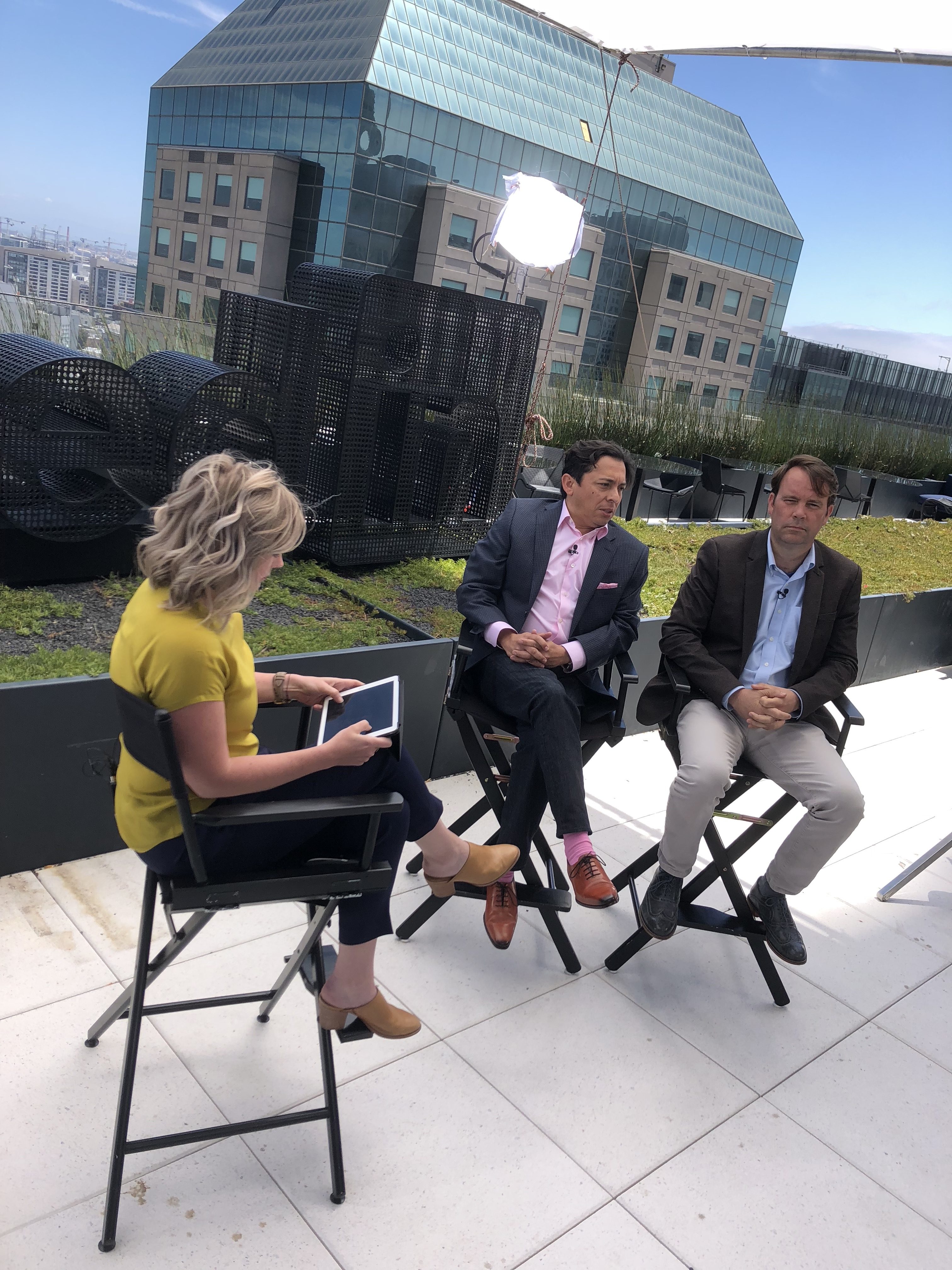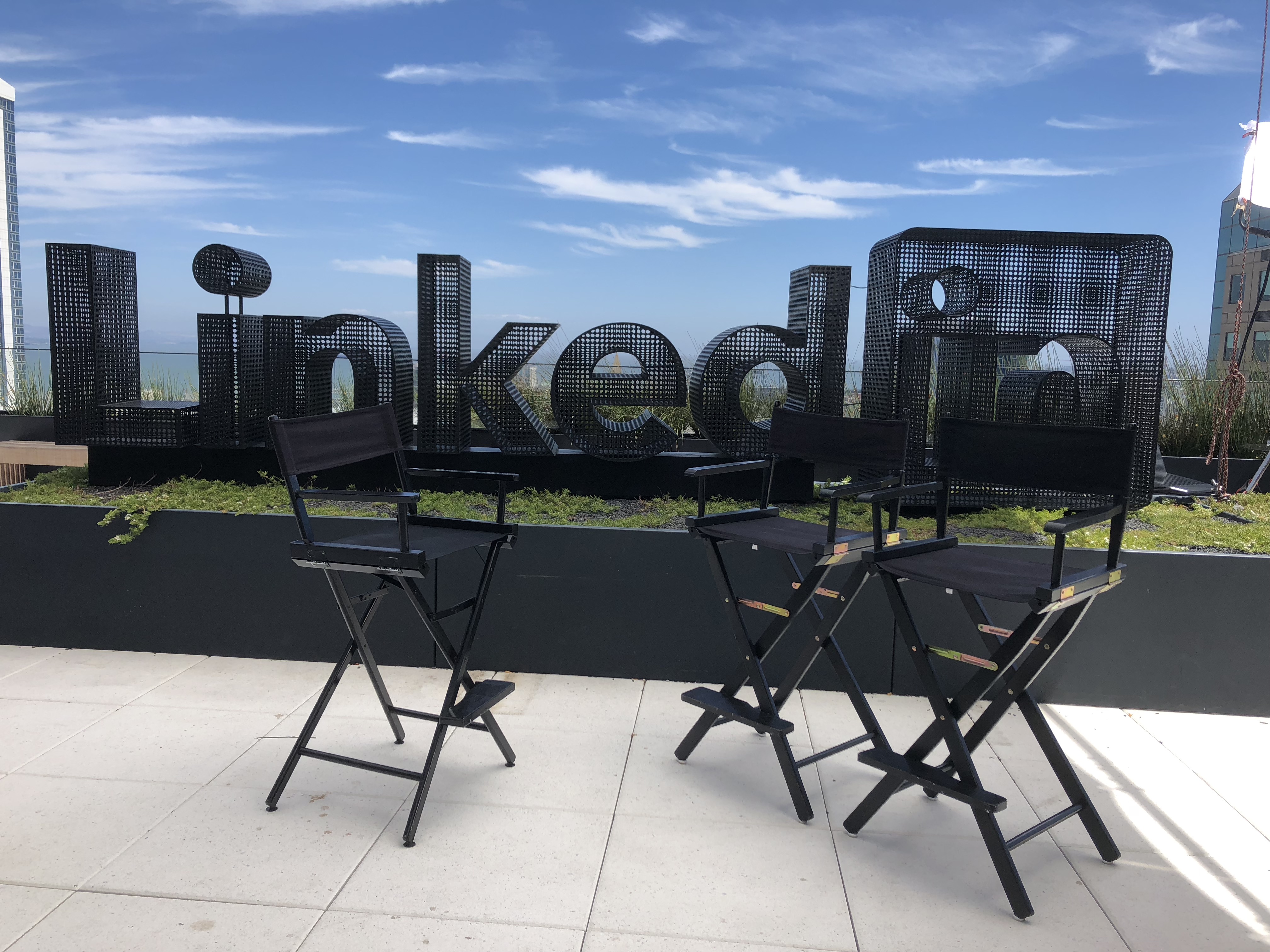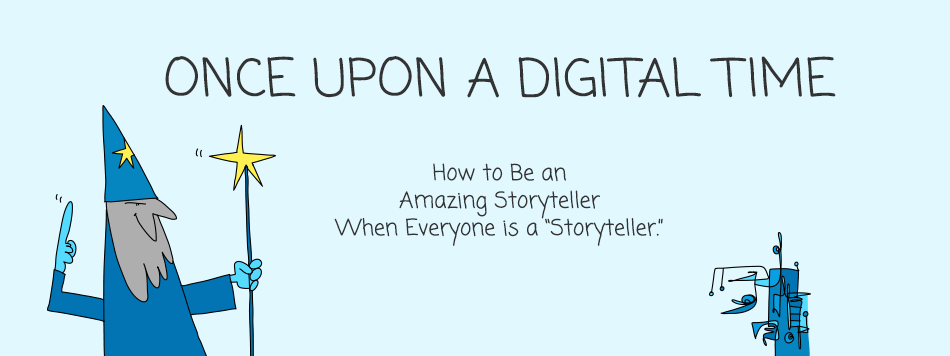By Matt Heinz, President of Heinz Marketing
Sales Pipeline Radio, airs live every Thursday at 11:30 a.m. Pacific. It’s just 30 minutes long, fast-paced and full of actionable advice, best practices and more for B2B sales & marketing professionals.
We cover a wide range of topics, with a focus on sales development and inside sales priorities. You can listen to full recordings of past shows at SalesPipelineRadio.com and subscribe on iTunes.
We were thrilled this last time to be able to talk to Kevin Eikenberry, Chief Potential Officer, The Kevin Eikenberry Group
This episode entitled, “How to Manage Remotely – Best Practices for Leading Remotely” is inspired by the book Kevin co-authored, called The Long-Distance Leader: Rules for Remarkable Remote Leadership.
With more and more companies going remote, they’re forsaking having everybody in the office five days a week. They’re letting people work remotely, and I think as an individual contributor that can be fantastic. As a manager, that can be particularly challenging. I asked Kevin, how this topic come about and how to manage remotely and do it well. Listen in or read our great conversation below.
Matt: Thanks everyone for joining us on Sales Pipeline Radio. Baseball season radio special edition. We are here every week at 11:30 Pacific/2:30 Eastern on Thursdays joining you live. I know we’ve got a lot of people that join us live each week. Thank you very much for doing so. If you’re joining us through the podcast, thank you so much for subscribing. It continues to be very humbling to see the number of people that are catching on to the show and joining us each week on demand, on their commutes, and during their workouts and everywhere else. Every episode of Sales Pipeline Radio, past, present and future can also be found at SalesPipelineRadio.com. We are featuring every week some of the best and brightest minds in B2B sales and marketing. Today is no different.
I am really excited to have with us Kevin Eikenberry. He is the Chief Potential Officer for the Kevin Eikenberry Group and the author of the book The Long-Distance Leader: Rules for Remarkable Remote Leadership. Kevin, first of all, thanks so much for joining us today.
Kevin: Hey, it’s a pleasure to be with you.
Matt: I have been following you for probably my entire time here at Heinz Marketing. You’ve been an author and a thought leader and someone who’s been super influential in the sales space. Talk a little about where first of all your organization focuses and what exactly a Chief Potential Officer is.
Kevin: Well, I’ll start with the last question first, Matt. When it’s your company, you can call yourself whatever you want, and my goal was to have a title that number one, would be unique, and number two, would generate conversation. As you did just prove it again, as it always does. We are in the business at the Kevin Eikenberry Group of helping leaders and their teams and by definition their organizations become more successful and reach their potential. So I really do believe that we are in the potential business. So we work with teams in all parts of the business. Obviously lots of sales teams and lots of sales leaders, but we spend time with leaders in pretty much any industry and pretty much any function over time.
Matt: Awesome. Well, I want to talk a little bit about the idea of being a long distance leader. Early today here in Seattle, we hosted a CMO round table. So we got about 12 CMOs from B2B companies around the Puget Sound area and got together and just kind of shared what’s working and what’s not. One of the conversations was working and leading remotely. It wasn’t around the sales side. I think sales is in particular I think a sticky wicket. But the more and more companies are going remote, they’re forsaking having everybody in the office five days a week. They’re letting people work remotely, and I think as an individual contributor that can be fantastic. As a manager, that can be particularly challenging. So I was excited when I saw that this was coming out.
How did this topic come about for you. I imagine that you had a lot of clients struggling with this and sort of dug into figure out what was working, but talk about the impenitence for this particular focus on the long distance leader and how that came about.
Kevin: Sure. So a couple things. First of all, the co-author with me on the book is a gentleman who’s business I bought several years ago. His name is Wayne Turmel. He is one of the best in the world at creating effective communication at a distance. So we merged the work that he had done there with our work around leadership. The impenitence behind the book really was twofold, Matt. One, I’m doing this every day. I’ve got a team of folks spread out across the United States. I’ve got someone in Seattle today although she lives in Phoenix most of the time. I’ve got folks from Richmond, Virginia to Chicago, Illinois and everywhere between and a few of them even here in Indianapolis where I live. So I’m living this and our clients are living it to your point. I think the third and maybe the biggest impenitence for the book is this, and that is that people woke up one day and realized that half the desks were empty. It wasn’t because the team had shrunk. It’s because their team moved. They went home. They went on a client’s site. They went wherever and they’re not in the office. They’re not in the office ever or they’re only in the office one day a week or whatever.
As challenging, Matt, as it is to lead human beings, it’s even more so when they’re not all in the same place. When we can’t see them, when we can’t build relationships with them in the same way, when we can’t communicate with them in the same way, when we can’t build trust with them in the same way, when we can’t coach them in the same ways. This is the reality that we live in now and that we’re leading in. So we wanted to really create a book that addressed that in a way that no one had quite done yet.
Matt: Talking today on Sales Pipeline Radio with Kevin Eikenberry. He’s the author of the book The Long-Distance Leader: Rules for Remarkable Remote Leadership, which is a topic that, as you just discussed, is prescient today. You’ve got people that are working geographically far distance from the parent office. You’ve got people that are working from home more often. They can get up out of the office and go down to the coffee shop and be just as productive.
What are some of the keys to doing that well from a manager perspective? I mean, like you said, the individual contributors love it. Are there tricks to make sure just sort of strategies, maybe not tricks, that help managers keep employees focused and motivated and aligned with what the company needs while still not having them physically in the office as much?
Kevin: Well, Matt, step one is buy the book The Long-Distance Leader at LongDistanceLeaderBook.com. But in all seriousness, there’s a bunch of things that we can do. There’s some very specific things that we can do that the people who are listening whether they’re live or listening to the podcast later can do right now. Number one is that we can get far more intentional. So let me give you an example.
So if I have people in the office, which I do today, right? And they come in and I see them, I say, “Hello,” and we have a short conversation. It happens naturally. We don’t have to think about it. I don’t have to say, “Did I talk to Marissa today?” She’s right here. I said hello. We chatted for a few minutes. We had the chance to move from the non-business to the business stuff. We took care of that, but I’ve got 12 other people, none of whom I’ve seen today, and am I going to have these conversations with them? Only if I’m intentional about it. Right? So what am I going to do to make sure that I’m connecting with people, that I’m checking in with people, not checking up, but checking in, right? How’s it going talking about the baseball game, if that’s what your thing is, but really what’s going on in the business. What do we need to do? How can I help? Those kinds of things. Those things will often naturally happen if we see them. They won’t if they’re not there. So that’s just one example of we need to be more intentional.
We also need to be much clearer about expectations. Matt, I would say that in working with leaders for over 25 years, one of the consistent messages that I share is that we don’t set clear enough expectations with people, they don’t know what those expectations are, and so frustration arises, productivity is reduced, conflict happens, etc., etc. So as important as expectations are, they’re even more important at a distance, and here’s why because not only now do we need to have clear expectations about what the work is and what the right outcomes are. But now we have to have expectations, mutually understood expectations about how we’re going to do the work, right? How are we going to catch up? How are we going to touch base? How are we going to communicate? What tools are we going to use? Etc.
So the short answer to your question to start is think about being more intentional and think about being much clearer and broader about your expectations.
Matt: So I took that out of two words, clarity and communication, right, which can obviously be a problem for managing people when they sit 10 feet away from you, right? There isn’t necessarily fully clear alignment around what’s important. There isn’t great communication. You get innuendos and you get, “What did that eyebrow raise really mean?” You can get all kinds of challenges on that, but I think that clarity and communication has to lead to a level of trust that you don’t see on a regular basis that is still getting the work done, that is still doing what it takes to achieve the objectives.
How much does having really clear expectations and having really clear common metrics really drive this and how much of this is really just making sure you’ve got the right kind of people that can work remotely?
Kevin: Well, we can talk about the second thing, but you got to have the first two. We’ll have leaders sometime say, “Well, Kevin, if my people go work someplace else, how am I going to know if they’re getting their work done?” To which I would say unless you’re looking over their cubicle, how are you knowing they’re getting their work done anyway? You should have metrics, some dashboard, some way of knowing that. If you don’t have that, then we got a lot more work to do than dealing with the remote piece, right? So that’s absolutely true.
Now the second thing, your second point is a really interesting one. Are they the right people to work remotely, which can get us into a whole conversation about how do you hire a remote team member? We can certainly talk about that. Not everyone loves it. You mentioned earlier, a lot of people love it and thrive in it, and that’s all that sort of thing. But there are downsides to being that remote employee like I don’t feel as connected to others, I don’t feel like I’m really part of a team, I don’t get much of my boss’s time. I’m not sure I’m going to be seen when it comes time for promotions and all those sorts of things.
If you’re in the situation of moving some folks from in the office to out, you really need to think about how are we going to prepare them and support them in that transition so they can be successful in a new world. If you’re hiring people to work remotely, I think you need to take that into account and how you do your hiring process. I’m happy to talk about that if you’d like.
Matt: Yeah, we’ll definitely get into that. We got to take a quick break here in a second. Make sure you check out KevinEikenberry.com. You will see links to buy his new book The Long-Distance Leader. You’ll also see a ton of great content. Click on the blog link, you will find just a ton of great information. You’ll see episodes of Remarkable TV, which is Kevin’s video content. You can download his secrets to becoming a remarkable leader. Just a ton of great content about not just sales and leadership, but just how to be a better learner as well.
We’ll be back in just a couple minutes with more with Kevin Eikenberry. This is Matt Heinz. You’re listening to Sales Pipeline Radio.
*Break*
Matt: Thank you very much, Paul. Well, thank you very much for joining us on Sales Pipeline Radio. We next week Paul and the studio are going to be dark. Paul’s taking a week off. He’s going to be at the parade. He’s going to be full red, white, and blue attire.
Paul: Absolutely.
Matt: He’s running a couple firework shows, but we will still be here. The pipeline never rests. In fact, as soon as we are done with this live episode with Kevin Eikenberry today, we’re actually recording next week’s episode. We’ll have Dave Gerhardt. He’s the VP of marketing at Drift. If you’re in B2B marketing, you have not heard about Drift, you’ve got to check these guys out. They are creating an alterative to landing pages and form fill outs for marketers creating through chat and other engagements getting the prospect to talk to you. Next week join us for a recording version of Sales Pipeline Radio with Dave Gerhardt. Then we’ve got Amy Holtzman. She is the Vice President of Marketing for Splash an event marketing technology company. We’re going to be talking with Amy about GDPR. If you are in B2B and you don’t know about GDPR, your company is at risk, and we’ll talk about what that means in a couple weeks with Amy.
But today a little more with Kevin Eikenberry. He is the author of the book The Long-Distance Leader. Some good content and good discussion today on how to manage and work with people remotely. Before the break, Kevin, we started to talk about attributes of remote employees. What are the things you recommend hiring managers look for in an employee that’s going to be successful working remotely?
Kevin: Well, I think the first thing is you want to find out if that’s really what they want to do and if they can be good at it. So there’s certainly things we can do in the interview to ask those kinds of questions. What has your experience been in doing that, etc.? What are the challenges and all that sort of thing. But the big thing that I would say that you want to do in the interview process when you’re hiring people remotely is make part of the interviewing process remote. Even if the person you’re hiring lives down the street, right? Even if they’re going to be in the office part of the time, do some of the interviews on Skype or Zoom or whatever tools that you use. Include some email communication in part of your process. Engage them with some of the other remote team members as a part of their interview process. The more that we can see their comfort and their ability in those areas, the better sense we’re going to have about how successful they’ll be.
Matt: Totally agree with that. If you’re looking for someone that is going to work remote but interviewing them remotely as part of the process to check out communication style certainly important. I think what we’re seeing a lot with our clients, we’ve certainly seen I our business as well is employees that start local and end up moving. If they’re important employees to you, we had some of those and they move off somewhere else. They go from being someone that sits next to you in the office to being remote. What are some of the keys to transitioning to that, both for the individual contributor that may be working remote as well as for the manager who’s now managing a remote employee?
Kevin: Yeah. A couple things. One is we ought to have a real conversation between me as the leader and that person about what the expectations are. We’ve already talked about that. We want to make sure that that person is going to have a workspace that will be conducive to them, and we ought to understand what that’s going to be, right? Are they going to have a separate office, are they going to work from their kitchen table? I’m not saying that neither of those or one that’s better necessarily that the other, but we as the leader ought to know what that looks like so that we can help them think through how they can be successful. One of the challenges that people have when they first move remote is that they lose the social interaction. They miss that. So we got to help people work through that and think about how they’re going to get that need met. Another one of the challenges is not that people get distracted but rather that they never stop working. So we want to help people think about how they maintain the balance that they need in their life, how we help them think through when they’re going to tell the folks that they live with that they’re going to turn it off, and they’re going to be a human and not just an employee.
So I think the more that we can help people think it through ahead of time, the better off we’ll be. There’s logistical stuff about equipment and all those sorts of things and make sure that they can be successful in that regard. Make sure they’ve got a webcam and they’re not afraid to use it, and encourage them to talk to some of the other members of the team who are already remote, that have been through that transition as well.
Matt: Kevin, I’m going to take a little bit of a left turn in our conversation and talk about the content that you generate for your own business. I mean, it goes without saying that you are a bit of a content machine across a variety of different channels and a variety of different formats. The one piece that I’ve been really impressed with and I want to talk a little about is Remarkable TV. Talk a little bit about what that is, how you named it, and how video has emerged as a large part of your own content strategy.
Kevin: Yeah. Sure. Happy to do that, and thank you for that.
So first of all, one of my books is called Remarkable Leadership. You mentioned in the subtitle of this book is, “The long distance leader rules for remarkable, remote leadership.” So remarkable is a word that we have branded around and people have come to know since being about remarkable. My podcast is called The Remarkable Leadership Podcast. So it seemed to make since that we would call it Remarkable TV. I wanted to create, I wanted to get into the video word. If I look back at the early episode in terms of production quality, I sort of cringe. But I’m so glad we didn’t wait. I think what a lot of people do, they wait until they figure out how they get it all figured out. Well, just start. Keep getting it better. If you look at episodes that came out one new one each week on the blog, you’ll find it there or you can find it on YouTube. You’ll see that the production quality is pretty darn good. It’s gotten a lot better over time because we kept doing it.
So we use it as another medium for people to engage with us and with me. I work pretty hard to, in all of my writing, to inject my personality and that sort of thing into it as a strategy. I’m pretty comfortable on video. I’ve gotten good feedback about that. We find that that’s a way to further inject that as well as just simply being another way for people to engage us, right? I’m not a reader. I like to watch. Whatever. It puts us in different channels. It does all those different things.
Matt: I want to talk a little bit about people’s reticence sometimes to do video. I mean, I have a print journalism background. I like the written word. I was convinced/coerced into starting this podcast about two and a half years ago and have thoroughly enjoyed it. I believe I have a face for radio. I think there’s a lot of reasons why people feel like they want to be more formal, they want to get all their act together, like you said. For someone who is reticent to give it a shot, what can you tell them having sort of been over that hump and now seeing a lot of the benefits from it?
Kevin: Just try it. Right? First of all, when you first try it, not the whole world’s going to see it anyway. So try it. If you really are that concerned about it, record a couple things and share it with some people, maybe some of your clients, maybe some of your colleagues and get some feedback and use that as a starting point, right? If you’ve generated content in writing a blog, for example, you know that it took you awhile to find your voice. The same will be true. I’m sure that you found in doing this podcast, Matt, just like I did. We’re about the same length of time in. About two and a half years. But it took a while to find your voice. You got better at it. That’s the natural progression of things.
So if you’re really reticent with the video because of the whole I got a face for radio kind of thing or whatever, just shot some and get some feedback. Get some feedback on the video quality and all that stuff. But get some feedback on you, and maybe you’re wanting to be more straight laced or professional. I mean, I would like to think that I’m professional even though I use strange props and all that sort of thing. Work on finding your voice. At some point, just put it out there and try it. You’re going to have to try it. Nothing is ever perfect when you start so just start.
Matt: I love it. Well, we’ll wrap it up here. I’ve got a couple more minutes with Kevin Eikenberry. He is the Chief Potential Officer for the Kevin Eikenberry Group. Definitely check out his book. Go to KevinEikenberry.com. You’ll find a link to his new book The Long-Distance Leader. Kevin, before we let you go, first of all, really appreciate you taking the time do this with us today, and the question we ask a lot of the leaders that come onto our show, who are the people that have inspired you? Who are the authors or speakers or mentors, they can be dead or alive, that really helped shape who you are today that you might recommend other people check out as well?
Kevin: It’s a long list. I got asked that question just yesterday as it turns out. Someone asked a slightly different question who should I be reading as a new leader. I said anything by Tom Peters, anything by Peter Drucker. I’m a big fan. One of my mentors who I’ve never met, of course, is Abraham Lincoln. I think the things we can learn from Lincoln in terms of being a principled leader, in terms of persistence, in term of strong belief are incredible. So I think being a student of great leaders whomever you choose is worth doing. I would always recommend The Leadership Challenge by my friend Jim Kouzes and Barry Posner. There’s a tremendous amount of great content, whether it’s in a book, whether it’s in a blog, whether it’s in a video, whether it’s in a podcast. The best leaders are readers. So find someone that you can resonate with and read them and find someone that challenges you and read them.
Matt: Love it. That’s a great answer. Well, thanks again so much. Kevin Eikenberry. KevinEikenberry.com. Kevin Eikenberry Group, you can check him out, find his book The Long-Distance Leader, his blog post a couple days ago The Power of Thank You, which as also an episode of Remarkable TV. Check that out as well. Join us next week, we won’t be live, Paul. But we will be here. 11:30 Pacific/2:30 Eastern on Sales Pipeline Radio. We will have Dave Gerhardt. He’s the Vice President of Marketing for Drift. We’ll be talking about how to better engage your prospects in an age when the landing page and the form fill may be on its last leg.
But thanks very much again today for joining us. For my great producer, Paul, this is Matt Heinz. You’ve been listening to another episode Sales Pipeline Radio.
The post Sales Pipeline Radio, Episode 121: Q&A with Kevin Eikenberry @KevinEikenberry appeared first on Heinz Marketing.

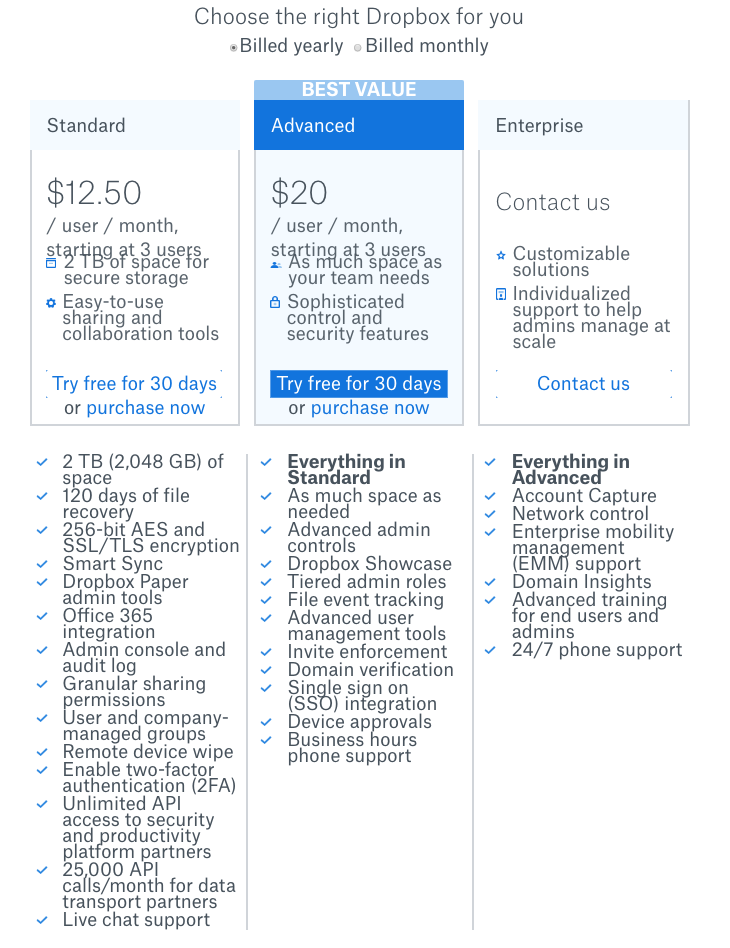


















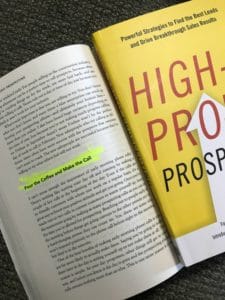 Too many salespeople simply avoid making prospecting calls. They make excuses instead. But this doesn’t have to be your reality.
Too many salespeople simply avoid making prospecting calls. They make excuses instead. But this doesn’t have to be your reality.
